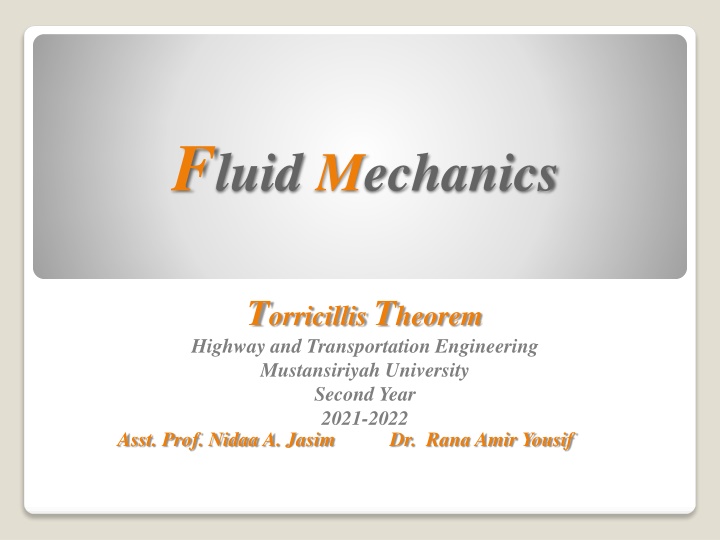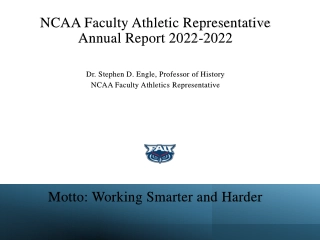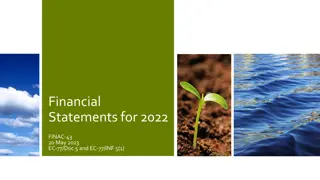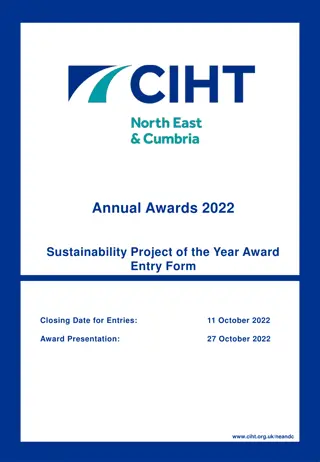
Fluid Mechanics and Torricelli's Theorem in Highway Engineering
Explore the principles of fluid mechanics, Torricelli's theorem, and their applications in highway and transportation engineering at Mustansiriyah University. Delve into topics like fluid properties, pressure calculations, Bernoulli's equation, and more through detailed examples and references.
Download Presentation

Please find below an Image/Link to download the presentation.
The content on the website is provided AS IS for your information and personal use only. It may not be sold, licensed, or shared on other websites without obtaining consent from the author. If you encounter any issues during the download, it is possible that the publisher has removed the file from their server.
You are allowed to download the files provided on this website for personal or commercial use, subject to the condition that they are used lawfully. All files are the property of their respective owners.
The content on the website is provided AS IS for your information and personal use only. It may not be sold, licensed, or shared on other websites without obtaining consent from the author.
E N D
Presentation Transcript
Fluid Mechanics TorricillisTheorem Highway and Transportation Engineering Mustansiriyah University Second Year 2021-2022 Asst. Prof. Nidaa A. Jasim Dr. Rana Amir Yousif
Syllabus: Introduction: Properties of fluids Archimedes theory. Atmosphere and gage pressure, measuring the fluid pressure on a point Calculating the fluid force on gates, dams. Forces consideration in fluids on inclined surfaces. Fluids in motion (Continuity & Bernoullis equations). Flow in pipeline (pressure, velocity, head). Methods for connecting the pipelines. Classification of channels at roads
References Fluid mechanics, Victor L. Streeter E. Bemjamin Wylie 7th edition ,Mc Graw Hill, 1979. Fluid Mechanics with Applications ANTHONY ESPOSITO Prentice Hall-1998
Bernoullis equation The Velocity of Free Jet of Fluid is Equal to: ? ? ?+? ?? ? ? ?? ??+ Z2 ??+ Z1 =? ? V = 2? Because: 1- P1=P2 atmosphere pressure 2- V1 negligible cross sec. A1 very large compared with A2 so v1=?2 3- Z2 can be taken as a zero number. Fig.6 ?1 v2 (very small number)
Example 6 For the system in fig.6, h=36 ft and diameter of side opening is 2 in find the jet velocity and the volume flow rate in gpm? Solution: V2 = 2? = 2 32.2 36 =48.3 ft/s Q =A2v2=? =473gpm 1 4 (2)2*48.3*123* 231 ?? 3*60 Fig.6
Example 7 In fig. 7 how do the magnitude of the velocity of the three jets compare with each other? Solution: From the torricillies theorem V= 2 ? V1=v2=v3= 2 9.8 10 = 14 m/s Fig.7
Example 7 In fig. 8, a free jet of water going out of tank, find the distance x the jet make contact with ground? Solution: ? 1 ?+? 12 ? V1 A1=V2 A2 V1= V2 A2/A1 ? 22 2?+ Z2 2?+ Z1 =? 2 Fig.8 ? 1 ?+(V2 A2/A1 )2 ? 22 2?+ Z2 + Z1 =? 2 2? ?
V2= 3.06 m/s X=V/t t= X/V (2 /?) ? 2? 2 t= y= t = t (2 /?) ? ? = (2 /?) so X = V * (2 0.75 /9.8) =3.06 = 1.197. m





















